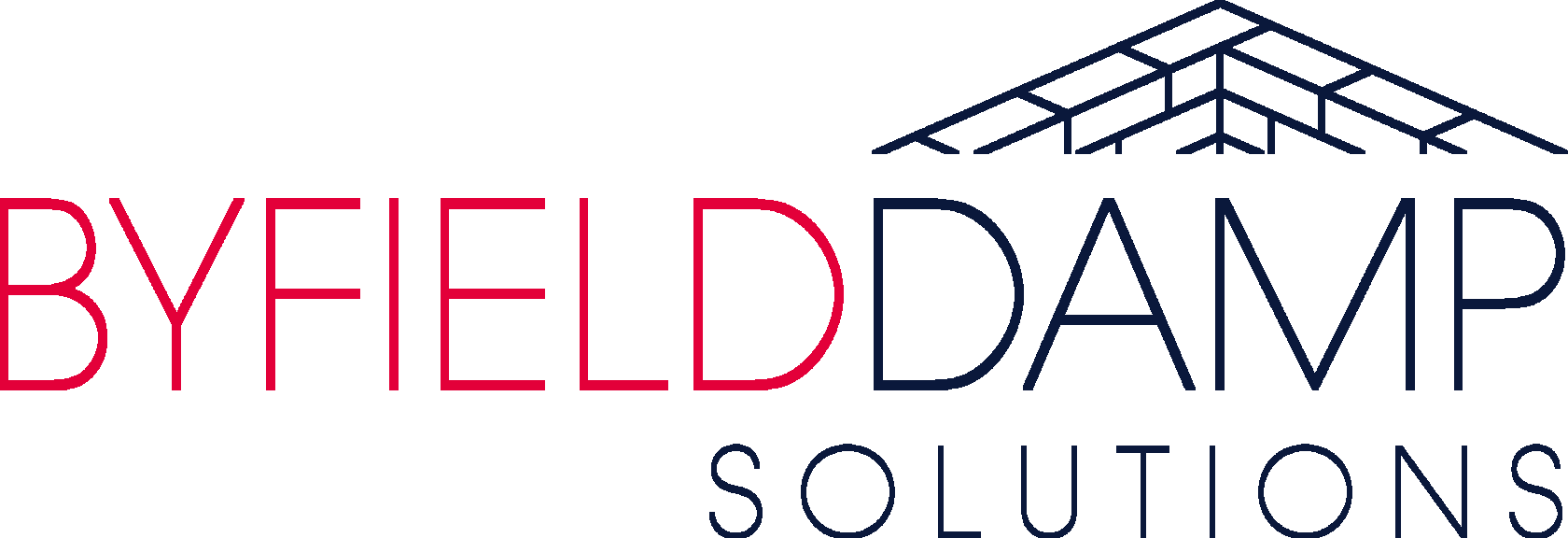Byfield Damp Solutions – MVHR
We design, supply, install and commission MVHR systems for homeowners across the South East.
Call us on 07553 123544
Call us on 07553 123544
A lot of the enquiries we receive concern black mould.
In the context of black mould insulation is often confused with ventilation. People feel that the answer to black mould is insulation, but it isn’t. The answer is proper ventilation.
Traditionally ventilation was provided by trickle vents which just allow cold air to blow through the house. Building regulations part F require a surprisingly large volume of air movement through a house, typically a 3 bedroom house requires over 3 million litres a day.
Whilst this approach was ok with low energy prices, the world has now changed and people are questioning the wisdom of allowing several million litres of cold air to blow through their house clearing out their valuable warm air.
This is where MVHR plays its part.
MVHR stands for Mechanical Ventilation & Heat Recovery and is the current day solution to home ventilation, environment and humidity control. It can usually be retrofitted to a house but this is more difficult than installing it in a new build.
In the context of black mould insulation is often confused with ventilation. People feel that the answer to black mould is insulation, but it isn’t. The answer is proper ventilation.
Traditionally ventilation was provided by trickle vents which just allow cold air to blow through the house. Building regulations part F require a surprisingly large volume of air movement through a house, typically a 3 bedroom house requires over 3 million litres a day.
Whilst this approach was ok with low energy prices, the world has now changed and people are questioning the wisdom of allowing several million litres of cold air to blow through their house clearing out their valuable warm air.
This is where MVHR plays its part.
MVHR stands for Mechanical Ventilation & Heat Recovery and is the current day solution to home ventilation, environment and humidity control. It can usually be retrofitted to a house but this is more difficult than installing it in a new build.
So, to summarise:
What is it?
It’s a system which extracts the old damp and smelly air from the house and blows in clean air from outside 24/7. It takes the heat out of the old air before it throws it out and transfers most of that heat (typically 90%+) to the new air that it blows on.
Do I need it?
If you don’t have the required ventilation in your house and you want to improve your ventilation, or you need to improve it because you have problems such as black mould then retrofitting MVHR is a good way of doing it.
People underestimate the volume of air that needs to move through the house to keep the environment healthy and mould free. This is dealt with in building regulations part F. Briefly, a 3 bedroom house needs 31 litres a second moving through it which doesn’t seem too much at first glance. The thing is, it’s per SECOND. When you do the maths the volumes multiply up over the course of a day.
It’s all just numbers until you visualise the volumes in play. When you visualise a litre is a large bottle of cooking oil and you need constantly to be moving 31 of those through the house each second and therefore 31 x 60 x 60 x 24 =2,678,400 bottles in a 24 hour period you start to see how far off the situation is.
Do you really want to pay to heat 2.6 million litres of air only to blow it out of vents in the windows? When energy costs were a bit less it may not have been an issue, but the subject needs a different approach in the current climate.
How do I know what to install?
Typically it’s not obvious, especially when it’s being retrofitted, and it needs careful thought, careful design around the existing structure and services, and specification.
I will design and specify it for you.
How about installation?
My team and I will install it for you as a retrofit.
What about turning it on and managing it?
This is called “commissioning”. I will commission it for you, and it doesn’t need much user input.
What does it cost to run?
Typically the units take 200 watts an hour when running at max speed, but they’re designed to run at about 30% of that. So about 60 watts an hour.
60x24/1000 = 1.44 kilowatts a day. So about 45p a day which is either totally offset or substantially offset because you’re not losing your hot air through vents.
What do you offer?
We offer an end to end retrofit solution.
What is it?
It’s a system which extracts the old damp and smelly air from the house and blows in clean air from outside 24/7. It takes the heat out of the old air before it throws it out and transfers most of that heat (typically 90%+) to the new air that it blows on.
Do I need it?
If you don’t have the required ventilation in your house and you want to improve your ventilation, or you need to improve it because you have problems such as black mould then retrofitting MVHR is a good way of doing it.
People underestimate the volume of air that needs to move through the house to keep the environment healthy and mould free. This is dealt with in building regulations part F. Briefly, a 3 bedroom house needs 31 litres a second moving through it which doesn’t seem too much at first glance. The thing is, it’s per SECOND. When you do the maths the volumes multiply up over the course of a day.
It’s all just numbers until you visualise the volumes in play. When you visualise a litre is a large bottle of cooking oil and you need constantly to be moving 31 of those through the house each second and therefore 31 x 60 x 60 x 24 =2,678,400 bottles in a 24 hour period you start to see how far off the situation is.
Do you really want to pay to heat 2.6 million litres of air only to blow it out of vents in the windows? When energy costs were a bit less it may not have been an issue, but the subject needs a different approach in the current climate.
How do I know what to install?
Typically it’s not obvious, especially when it’s being retrofitted, and it needs careful thought, careful design around the existing structure and services, and specification.
I will design and specify it for you.
How about installation?
My team and I will install it for you as a retrofit.
What about turning it on and managing it?
This is called “commissioning”. I will commission it for you, and it doesn’t need much user input.
What does it cost to run?
Typically the units take 200 watts an hour when running at max speed, but they’re designed to run at about 30% of that. So about 60 watts an hour.
60x24/1000 = 1.44 kilowatts a day. So about 45p a day which is either totally offset or substantially offset because you’re not losing your hot air through vents.
What do you offer?
We offer an end to end retrofit solution.
QUALIFICATIONS
Contact Us
"Rising damp" in London
Soaking sub floor in Berkshire
Damp Garden Flat in Hampstead
MVHR
Byfield Damp Solutions is a trading style of MJBP Limited - Registered in England & Wales No. 12055814.
24 Terrington Hill - Marlow - SL7 2RF
Registered office 7 Kingshill Avenue - St Albans - AL4 9QE. VAT Number 367 4156 77. Public liability and other insurances with Ageas Policy No 9149575W
24 Terrington Hill - Marlow - SL7 2RF
Registered office 7 Kingshill Avenue - St Albans - AL4 9QE. VAT Number 367 4156 77. Public liability and other insurances with Ageas Policy No 9149575W


